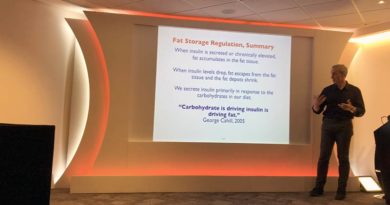Energy balance vs carbohydrate insulin model – Part 2

Executive summary
* This is the second of a two-part note looking at two models of obesity. One is called the Energy Balance Model of obesity (EBM for short); the other is called the Carbohydrate-Insulin Model of obesity (CIM for short).
* The EBM is favoured by Hall et al. The CIM is favoured by Ludwig et al. The authors are having an ongoing debate, in academic publications, about their respective models. In essence, the EBM holds that excess energy drives obesity. The CIM holds that hormonal responses to highly processed carbohydrates drive obesity.
* This second note reviews the most recent article by Ludwig et al (July 2022), which was a response to Hall et al’s May 2022 paper. It presents areas of agreement and ongoing disagreement. It also presents my view of the debate.
* As explanations of obesity, both models make important contributions, and both have limitations. I'm not convinced that either have presented the compelling case to explain even US obesity rates over recent decades.
* As solutions to obesity, I think that the CIM is more helpful, not least because the solution to obesity in an energy balance model is to eat less and/or do more and this has proved unsuccessful.
* These are not the only two models of obesity. Comparing obesity rates in Africa vs America, for example, might suggest that obesity occurs where food is plentiful and affordable. The fat/carbohydrate make-up of available food might also be important.
The rest of this article is available to site subscribers, who get access to all articles plus a weekly newsletter.
To continue reading, please login below or sign up for a subscription. Thank you.



